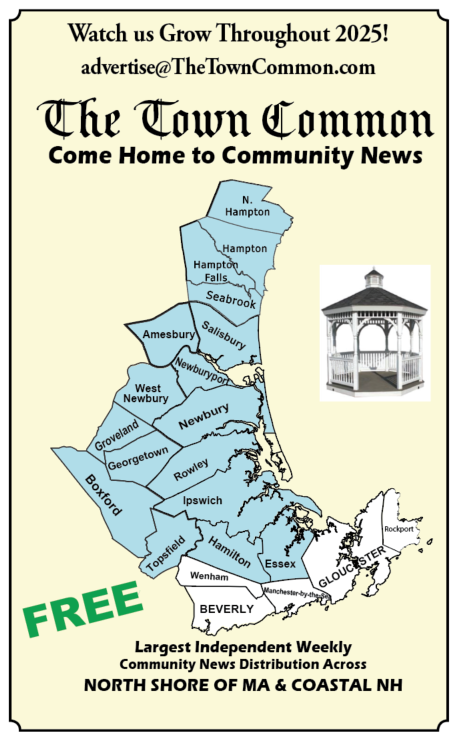An 1813 map of Portsmouth’s “compact” downtown region. A circular maple table that once belonged to an enslaved woman. A baseball bat from a losing game in 1866. You’ll find them all this summer in the new exhibition “Portsmouth Treasures: A Century of Collecting at the Portsmouth Historical Society.”
Historical societies collect things. It’s a key reason they exist. Portsmouth Historical Society has been receiving, preserving, studying, restoring, and exhibiting local items since it opened in 1920. You can view a special group of those treasures this summer, up close and personal, at the John Paul Jones Historic House Museum at 43 Middle Street.
Feel free to come inside the ancient fenced garden of the mustard-yellow Georgian mansion. Wander up a narrow path. To the right of the preserved 1758 home, walk beneath an arched wooden trellis, and enter the old back door. Step back in time.
The summer exhibition includes items donated over the last century. A “birdcage” Windsor rocking chair, for example, has been on display since the museum opened. Portraits of local “clothier” Benjamin Cheever and his wife Mary, by contrast, were donated in 2019, restored in 2020, and are on display for the first time. Another newly acquired portrait, a painting by famed Portsmouth artist J.S. Blunt was recently featured in the Portsmouth Herald.
Portsmouth was nationally renowned for its hand-crafted furniture. A card table now on display, according to curator Gerald W. R. Ward is “a superb example of federal-period cabinetmaking.” Imported ceramics owned by Portsmouth families are among the highlights of the Society’s collections, and well represented in the show. Hand-stitched samplers are another strength of the Society’s collection, and more than two dozen can be viewed in a special room on the second floor dedicated to their display. The one featured in this year’s exhibition is by an eleven-year-old girl.
You’ll find a 1660 embroidered mirror, a top hat, miniature paintings, a purloined sword, memorabilia of ale-maker Frank Jones, and more. The eclectic selection also includes “Uncle Dunn’s Sunday leg,“ worn only on special occasions by Billy Dunn, who lost his leg in the War of 1812. And don’t miss the reproduction of the ”Helen Seavey Flag,“ which legend says was sewn in 1777 from the silk gowns of local ladies for Revolutionary War hero John Paul Jones. (Jones was a lodger in this very building, but unfortunately, the flag story was invented by an imaginative historian at the dawn of the 20th century.)
Portsmouth Historical Society was founded in 1917 to prevent the 1758 Sarah Purcell House from being torn down. In the 1920s, many local families—Salter, Dow, Rice, Gray, Knox, and Vaughan among them—stepped up to give the new Society their family treasures, establishing an ongoing tradition. “Since then,” Ward says, “the Society has relied upon the generosity of donors to enrich its collection of Portsmouth-area objects.”
“Portsmouth Treasures” celebrates the nonprofit society’s long history as a collecting institution. The Society remains the only institution devoted to collecting the full scope of Portsmouth-area history. The Society welcomes donors, far and wide, to join them in that abiding quest.
The JPJ Historic House Museum is open daily from 11:00 am to 5:00 pm through October 11, but is closed on July 4th. Mask wearing is requested of unvaccinated visitors. The $7.50 admission fee provides a two-day pass to the John Paul Jones House, as well as admission to the two exhibitions in the Society’s galleries across the street, “Twilight of American Impressionism” and “Don Gorvett: Working Waterfronts.” For more information, visit PortsmouthHistory.org or call 603-436-8433.




